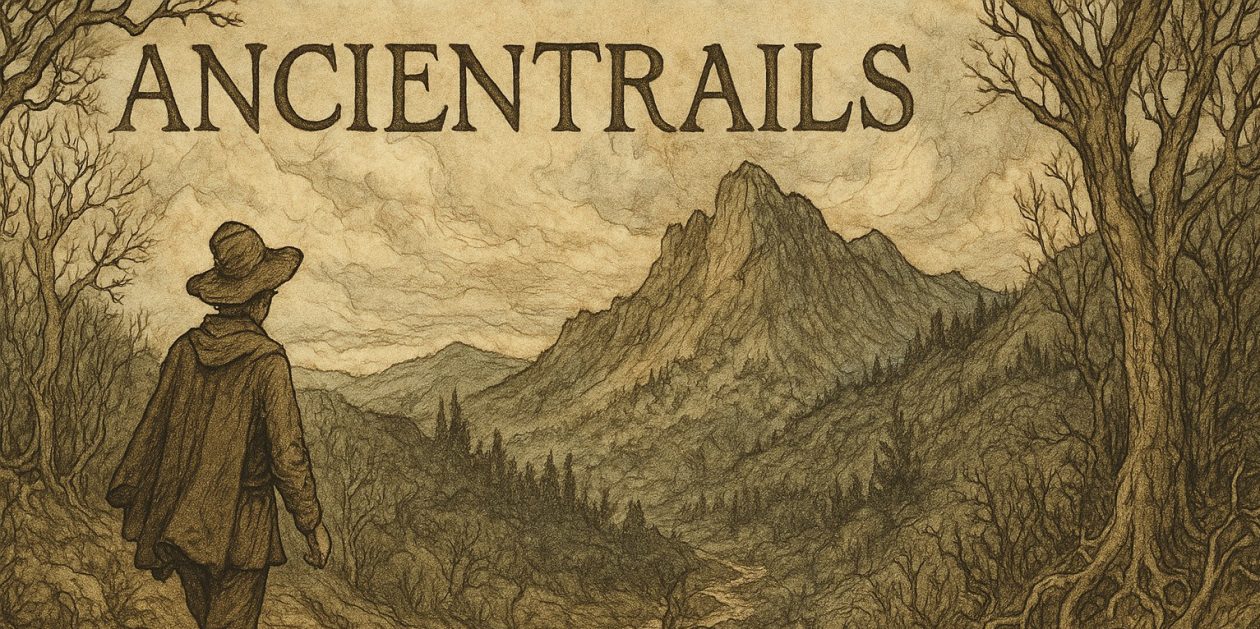Spring Waning Seed Moon
This morning Chinese language students from the St. Paul Central class of 2009 came to the museum. They were bright kids, interested. Mostly in their third year of study, they have learned little about China’s history and culture. My tour introduced them to the bronze tradition, the history of the five major calligraphic styles and ended with an examination of literati culture in the Ming dynasty.
Working with bright, engaged kids makes touring a pleasure as it was this morning. Many of the kids were Chinese and some spoke Chinese well.
This was the beginning of a much longer learning curve for me on calligraphy. I want to appreciate Chinese painting from within the Chinese aesthetic framework as well as learn some Chinese characters along the way.
As a docent, I appreciate the flexibility it offers to devise self-directed areas of study, then try them out on a live audience. Go back and revise. Learn more. Try again. Those of us with omnivorous intellectual appetites are well-suited.
Sleepy. Time for a nap.
